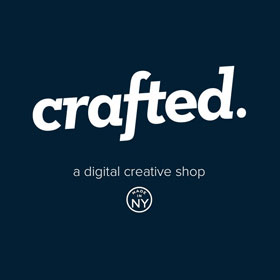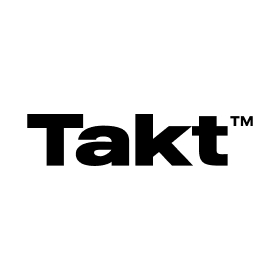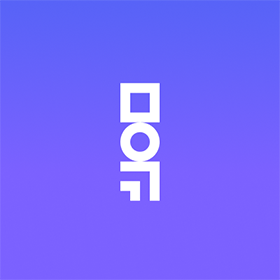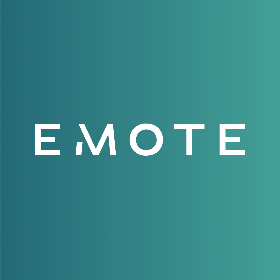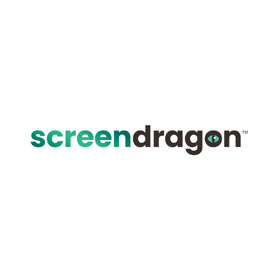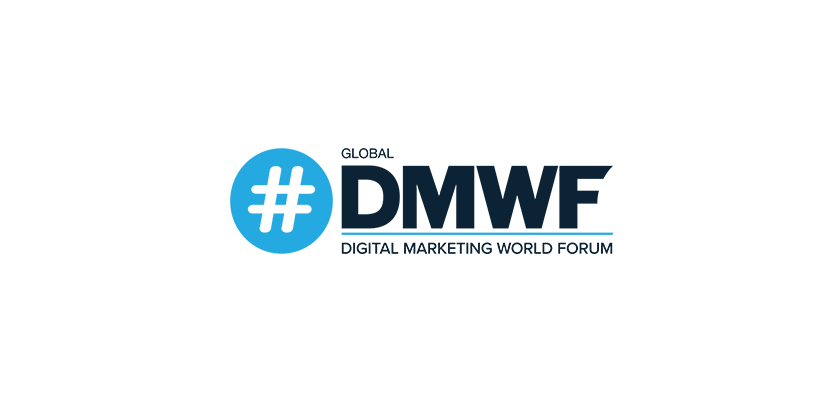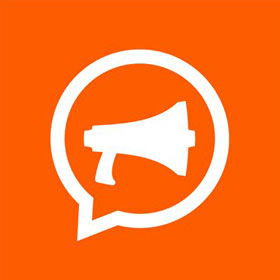
How To Write An Agency Brief Document For Marketing (With Template)
Writing a digital agency brief for marketing is an extremely difficult task because you must find words that will describe exactly what you want to get.
Formulating your thoughts and ideas is hard at the best of times, and it gets even harder when working with concepts you aren’t a professional at.
You’ll have to do quite a bit of research into marketing and study several samples so that you know how to write a brief document that will help hire the best digital marketing agencies for your business.
Before you dive into writing that agency brief, prep yourself with the key questions we listed below! Once you’ve got the hang of it, check out our handy agency brief template to jumpstart your masterpiece.
Understanding the Agency Brief: Purpose and Impact
An agency brief is a critical document that succinctly outlines the goals, objectives, and details of a marketing project for an agency. Its purpose is to ensure clear communication, aligning your needs with the agency’s approach. A well-written brief leads to effective and efficient project execution, fostering creativity within defined boundaries, and often results in targeted, successful marketing campaigns. On the other hand, a poorly crafted brief can lead to misunderstandings, misaligned goals, wasted resources, and a final product that doesn’t meet the client’s expectations.
Key Points to Write an Agency Brief
The following questions will guide you and explain what information must be included in the agency briefing:
- What is your purpose with your marketing brief?
- What is your target audience?
- What is the problem?
- What is your suggested solution to the agency?
- What is your brand message and how do you want to communicate your message?
- What do you want your customers to do?
- What are the project’s must-have?
What is your purpose with your marketing brief?
Start with outlining your specific goal or the problem you want to solve by hiring the agency. State it explicitly to prevent any misunderstandings.
By presenting it at the beginning of the brief, you’ll allow the readers to understand what they must do right away and help them focus on finding a solution.
You must also provide detailed background information about your company, products and services.
What is your target audience?
Describe the customer group you are targeting with your products and services in detail. You must know who these people are, where they are located, and what they are interested in.
You can get a better understanding of your audience by using various surveys and polls. SurveyMonkey can help you conduct marketing research on your own.
You can also use tools like Think with Google Marketer’s Almanac, Nielsen MyBestSegments, and MakeMyPersona tools to study the market and develop your targeted customer profile.
What is the problem exactly?
Your goals, business details, and targeted audience provide the ‘setting’ that the agency must understand to develop the best way of achieving your current marketing objectives.
You can help them focus further by describing what kind of problem your customers have that you aim to solve with your products and services.
What is your solution?
Go into more details regarding your product and explain how exactly it can be used to solve the problem. You must also tell the agency which features of the product the customers should find most appealing. You can find many digital marketing agency brief templates online but you should create a unique brief that includes exactly your needs.

What is your brand message?
‘Just Do It’ by Nike and ‘Impossible is nothing’ by Adidas are brand messages so effective, they’ve become legendary in the business. These short messages are incredibly motivated and evoke strong emotions, and that’s what you should aim to do with your own marketing campaign.
Create a brand message that would make people care about your product and compel them to buy. It must be short and simple to understand for any customer.
You also need to choose a message that resonates with your specific audience. Run a survey to see what kinds of phrases generate a stronger emotional reaction.
How do you want to communicate your message?
List the marketing channels you want to focus on (social media, search engine marketing, display advertising, podcasts, etc.) based on your audience survey. Ask your digital agency if they have the tools and experience necessary to launch your campaign through these specific channels.
Request some proof to see how they’ve handled these projects in the past.
What do you want your customers to do?
Take a look at how Netflix and Evernote handle CTAs (call to action) and use them for inspiration when designing your own.
Your brief document must explain what exactly you want to get your customers do so that the agency can come up with an effective and creative way of wording it for your campaign.
What kind of an emotional response do you want to evoke in buyers?
Emotional marketing rules the day because it generates maximum feedback. In fact, evoking strong emotions is the key to making content go viral.
You’ll need to explain how you want your customers to feel after they buy a product or use your service. Aim for providing them with a sense of satisfaction and accomplishment. Social campaigns, such as #ShareYourEars by Disney or Mini Miracles by WestJet have it nailed perfectly, so you can use them for inspiration.
How will you see that your goal is achieved with your marketing brief?
Now, you need to outline how you will determine whether your marketing campaign is working.
This means listing KPIs that are most relevant to your business, like sales, revenue, customer value, cost per lead, traffic-to-lead ratio, etc. This will show the agency where to focus their efforts. Most of the companies forget to add KPIs to their marketing briefs. Then it becomes harder to analyze the success.
What are the project’s must have?
Provide a list of all the things that are ‘non-negotiable’ for you. At the very least it should include:
• Budget
• Logo
• Tagline
• Brand signature signs, music, images, etc.
• Approval process
• Timeline
If you have any other special requests, such as specific colors or style to use, etc., you’ll need to list them as well. The more thorough you are when describing the mandatory details, the easier it would be for the agency to develop a plan that would satisfy you.
For example, you can use this method to write a social media brief. You should list your non-negotiable bullet points first. Then analyze what you need for them.
What is your competition?
Every market is competitive today, but you need to outline which brands in your niche, you see as your main opponents. The agency would use this information to assess their marketing campaigns and use their weaknesses to enhance yours.
If you have any ideas regarding what you want to target specifically, explain them in the brief document. You also need to provide detailed information regarding how your products and services are different from those offered by competitors.
Take a look at the video below to understand how a marketing agency highlights the key things that clients should consider when briefing them.
How do you offer to achieve all of the above?
This is the question you should ask for the agency and assess their answer to decide whether they are the right company for you. However, you should also offer some of your own ideas in the brief.
As always it remains imperative to understand the basics of marketing and point of view from both parties along with the value each side wants.
Make your agency brief clear and to the point
To ensure your agency brief or marketing brief document is effective, you must make it concise and focused. Forego pleasantries and state your wishes and requirements in clear terms to prevent any misunderstandings.
A clear brief will save time and money. There will be less confusion and fewer disagreements.
A result driven, customer focused True Agency helps their potential clients with a specific page asking a brief description of their project. In addition, they also share the details of the services that can be provided regarding clients’ needs.
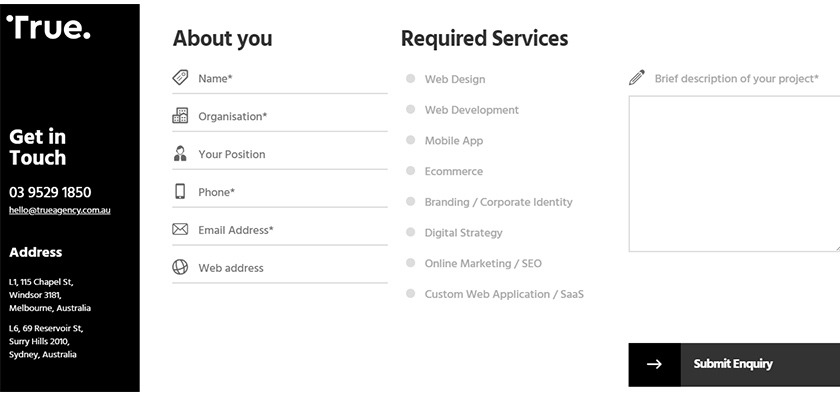
The Ultimate Agency Brief Template
Project Overview
- What’s the Big Idea?: Share what this project is all about.
- Goals: What do we want to achieve?
Target Audience
- Who Are We Talking To?: Describe who will love what you’re offering.
- Their Needs: What are they looking for?
Brand Overview
- Our Story: A snapshot of your company.
- What Makes Us Special: Your brand’s unique touch.
Budget
- Numbers Talk: Your budget ballpark.
- Flexible or Fixed?: Any spending limits?
Timeframe
- Ready, Set, Go!: When do we start?
- Big Dates: Important milestones.
Key Messaging
- What We’re Saying: Your main message.
- Our Voice: How we sound.
Creative Guidelines
- Stay on Brand: Guidelines to keep us in line.
- Look and Feel: The visual vibe.
Success Metrics
- Measuring Success: How we’ll know we’ve nailed it.
- Outcomes We Love: What winning looks like.
Special Requirements
- The Must-Haves: Non-negotiables and essentials.
- Legal Check: Keeping it compliant.
Every business is specific, even when we talk about the same industry or the same type of products or services. Remember, it all starts with you. Use that thing that differs you from others and find the right people to help you present yourself and your unique brand.
Read it over a few times to make sure you haven’t missed anything. With a detailed brief like this, the agency would be able to develop an effective plan to achieve your specific goals.
Once you’ve delivered the brief and everyone is on the same page, let your agency do its thing. It’s obvious that agencies would be happy to help you with your projects, as long as the brief is clear and covers all the things you aim to reflect in your marketing strategy.
But it doesn’t end there. Ask for feedback, organize a meeting. When you have a good brief it doesn’t mean it’s all over, the brief is just an initial phase of the whole process. Good luck!


